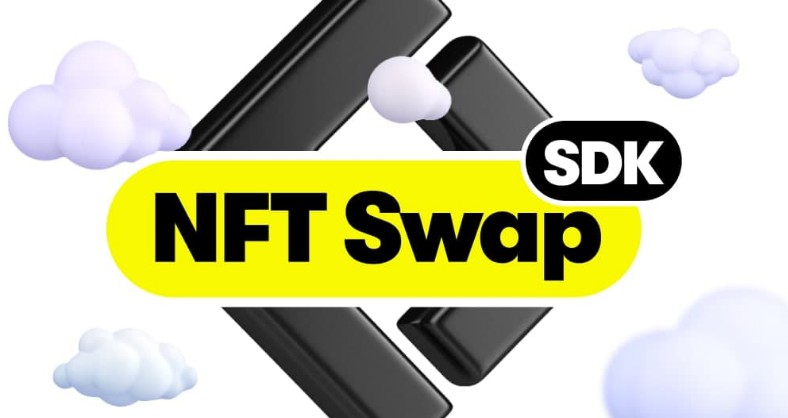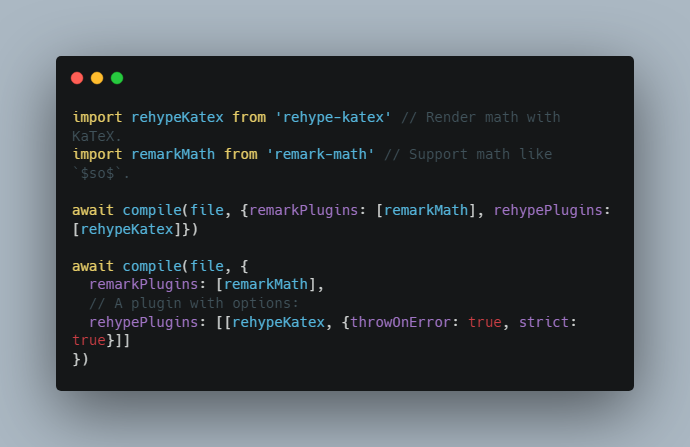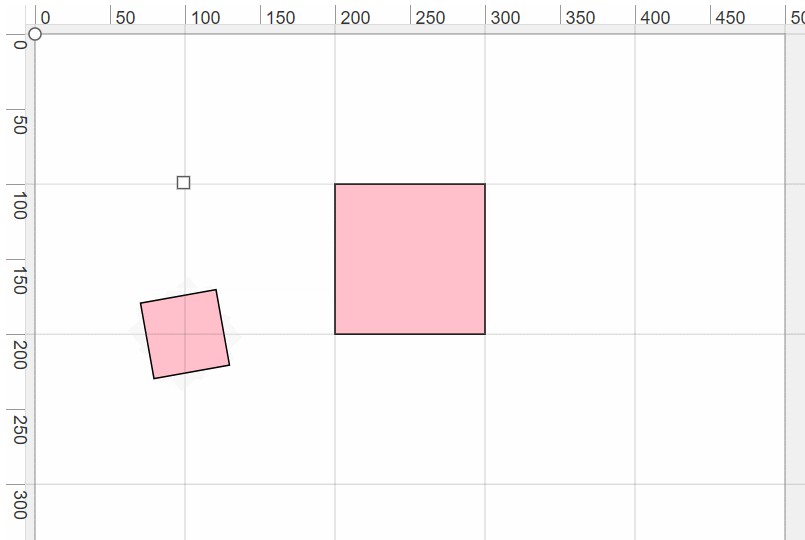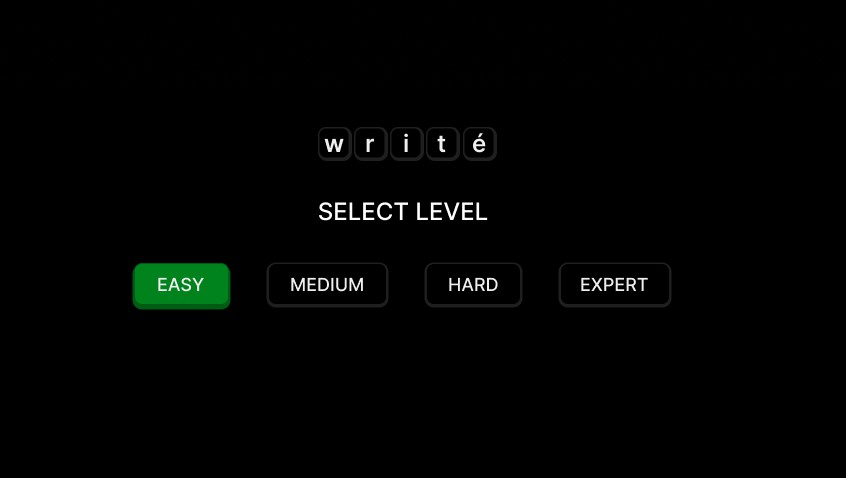mdx-bundler ?
Compile and bundle your MDX files and their dependencies. FAST.
The problem
You have a string of MDX and various TS/JS files that it uses and you want to
get a bundled version of these files to eval in the browser.
This solution
This is an async function that will compile and bundle your MDX files and their
dependencies. It uses esbuild, so it’s VERY fast
and supports TypeScript files (for the dependencies of your MDX files). It also
uses xdm which is a more modern and powerful
MDX compiler with fewer bugs and more features (and no extra runtime
requirements).
Your source files could be local, in a remote github repo, in a CMS, or wherever
else and it doesn’t matter. All mdx-bundler cares about is that you pass it
all the files and source code necessary and it will take care of bundling
everything for you.
FAQ:
“What’s so cool about MDX?”
MDX enables you to combine terse markdown syntax for your
content with the power of React components. For content-heavy sites, writing the
content with straight-up HTML can be annoyingly verbose. Often people solve this
using a WSYWIG editor, but too often those fall short in mapping the writer’s
intent to HTML. Many people prefer using markdown to express their content
source and have that parsed into HTML to be rendered.
The problem with using Markdown for your content is if you want to have some
interactivity embedded into your content, you’re pretty limited. You either need
to insert an element that JavaScript targets (which is annoyingly indirect), or
you can use an iframe or something.
As previously stated, MDX enables you to combine terse
markdown syntax for your content with the power of React components. So you can
import a React component and render it within the markdown itself. It’s the best
of both worlds.
“How is this different from next-mdx-remote?”
mdx-bundler actually bundles dependencies of your MDX files. For example, this
won’t work with next-mdx-remote, but it will with mdx-bundler:
---
title: Example Post
published: 2021-02-13
description: This is some description
---
# Wahoo
import Demo from './demo'
Here's a **neat** demo:
<Demo />
next-mdx-remote chokes on that import because it’s not a bundler, it’s just a
compiler. mdx-bundler is an MDX compiler and bundler. That’s the difference.
“How is this different from the mdx plugins for webpack or rollup?”
Those tools are intended to be run “at build time” and then you deploy the built
version of your files. This means if you have some content in MDX and want to
make a typo change, you have to rebuild and redeploy the whole site. This also
means that every MDX page you add to your site will increase your build-times,
so it doesn’t scale all that well.
mdx-bundler can definitely be used at build-time, but it’s more powerfully
used as a runtime bundler. A common use case is to have a route for your MDX
content and when that request comes in, you load the MDX content and hand that
off to mdx-bundler for bundling. This means that mdx-bundler is infinitely
scalable. Your build won’t be any longer regardless of how much MDX content you
have. Also, mdx-bundler is quite fast, but to make this on-demand bundling
even faster, you can use appropriate cache headers to avoid unnecessary
re-bundling.
Webpack/rollup/etc also require that all your MDX files are on the local
filesystem to work. If you want to store your MDX content in a separate repo or
CMS, you’re kinda out of luck or have to do some build-time gymnastics to get
the files in place for the build.
With mdx-bundler, it doesn’t matter where your MDX content comes from, you can
bundle files from anywhere, you’re just responsible for getting the content into
memory and then you hand that off to mdx-bundler for bundling.
“Does this work with Remix/Gatsby/Next/CRA/etc?”
Totally. It works with any of those tools. Depending on whether your
meta-framework supports server-side rendering, you’ll implement it differently.
You might decide to go with a built-time approach (for Gatsby/CRA), but as
mentioned, the true power of mdx-bundler comes in the form of on-demand
bundling. So it’s best suited for SSR frameworks like Remix/Next.
“Why the dodo bird emoji? ?”
Why not?
“Why does this use XDM instead of @mdx-js?”
It has more features, fewer bugs, and no runtime!
“Why is esbuild a peer dependancy?”
esbuild provides a service written in GO that it interacts with. Only one
instance of this service can run at a time and it must have an identical version
to the npm package. If it was a hard dependency you would only be able to use
the esbuild version mdx-bundler uses.
Installation
This module is distributed via npm which is bundled with node and
should be installed as one of your project’s dependencies:
npm install --save mdx-bundler esbuild
One of mdx-bundler’s dependancies requires a working node-gyp setup
to be able to install correctly.
Usage
import {bundleMDX} from 'mdx-bundler'
const mdxSource = `
---
title: Example Post
published: 2021-02-13
description: This is some description
---
# Wahoo
import Demo from './demo'
Here's a **neat** demo:
<Demo />
`.trim()
const result = await bundleMDX(mdxSource, {
files: {
'./demo.tsx': `
import * as React from 'react'
function Demo() {
return <div>Neat demo!</div>
}
export default Demo
`,
},
})
const {code, frontmatter} = result
From there, you send the code to your client, and then:
import * as React from 'react'
import {getMDXComponent} from 'mdx-bundler/client'
function Post({code, frontmatter}) {
// it's generally a good idea to memoize this function call to
// avoid re-creating the component every render.
const Component = React.useMemo(() => getMDXComponent(code), [code])
return (
<>
<header>
<h1>{frontmatter.title}</h1>
<p>{frontmatter.description}</p>
</header>
<main>
<Component />
</main>
</>
)
}
Ultimately, this gets rendered (basically):
<header>
<h1>This is the title</h1>
<p>This is some description</p>
</header>
<main>
<div>
<h1>Wahoo</h1>
<p>Here's a <strong>neat</strong> demo:</p>
<div>Neat demo!</div>
</div>
</main>
Options
files
The files config is an object of all the files you’re bundling. The key is the
path to the file (relative to the MDX source) and the value is the string of the
file source code. You could get these from the filesystem or from a remote
database. If your MDX doesn’t reference other files (or only imports things from
node_modules), then you can omit this entirely.
xdmOptions
This allows you to modify the built-in xdm configuration (passed to the xdm
esbuild plugin). This can be helpful for specifying your own
remarkPlugins/rehypePlugins.
bundleMDX(mdxString, {
xdmOptions(options) {
// this is the recommended way to add custom remark/rehype plugins:
// The syntax might look weird, but it protects you in case we add/remove
// plugins in the future.
options.remarkPlugins = [...(options.remarkPlugins ?? []), myRemarkPlugin]
options.rehypePlugins = [...(options.rehypePlugins ?? []), myRehypePlugin]
return options
},
})
esbuildOptions
You can customize any of esbuild options with the option esbuildOptions. This
takes a function which is passed the default esbuild options and expects an
options object to be returned.
bundleMDX(mdxSource, {
esbuildOptions(options) {
options.minify = false
options.target = [
'es2020',
'chrome58',
'firefox57',
'safari11',
'edge16',
'node12',
]
return options
},
})
More information on the available options can be found in the
esbuild documentation.
It’s recommended to use this feature to configure the target to your desired
output, otherwise, esbuild defaults to esnext which is to say that it doesn’t
compile any standardized features so it’s possible users of older browsers will
experience errors.
globals
This tells esbuild that a given module is externally available. For example, if
your MDX file uses the d3 library and you’re already using the d3 library in
your app then you’ll end up shipping d3 to the user twice (once for your app
and once for this MDX component). This is wasteful and you’d be better off just
telling esbuild to not bundle d3 and you can pass it to the component
yourself when you call getMDXComponent.
Global external configuration options: https://www.npmjs.com/package/@fal-works/esbuild-plugin-global-externals
Here’s an example:
// server-side or build-time code that runs in Node:
import {bundleMDX} from 'mdx-bundler'
const mdxSource = `
# This is the title
import leftPad from 'left-pad'
<div>{leftPad("Neat demo!", 12, '!')}</div>
`.trim()
const result = await bundleMDX(mdxSource, {
// NOTE: this is *only* necessary if you want to share deps between your MDX
// file bundle and the host app. Otherwise, all deps will just be bundled.
// So it'll work either way, this is just an optimization to avoid sending
// multiple copies of the same library to your users.
globals: {'left-pad': 'myLeftPad'},
})
// server-rendered and/or client-side code that can run in the browser or Node:
import * as React from 'react'
import leftPad from 'left-pad'
import {getMDXComponent} from 'mdx-bundler/client'
function MDXPage({code}: {code: string}) {
const Component = React.useMemo(
() => getMDXComponent(result.code, {myLeftPad: leftPad}),
[result.code, leftPad],
)
return (
<main>
<Component />
</main>
)
}
cwd
Setting cwd (current working directory) to a directory will allow esbuild to
resolve imports. This directory could be the directory the mdx content was read
from or a directory that off-disk mdx should be run in.
content/pages/demo.tsx
import * as React from 'react'
function Demo() {
return <div>Neat demo!</div>
}
export default Demo
src/build.ts
import {bundleMDX} from 'mdx-bundler'
const mdxSource = `
---
title: Example Post
published: 2021-02-13
description: This is some description
---
# Wahoo
import Demo from './demo'
Here's a **neat** demo:
<Demo />
`.trim()
const result = await bundleMDX(mdxSource, {
cwd: '/users/you/site/_content/pages',
})
const {code, frontmatter} = result
grayMatterOptions
This allows you to configure the
gray-matter options.
Your function is passed the current gray-matter configuration for you to modify.
Return your modified configuration object for gray matter.
bundleMDX(mdxString, {
grayMatterOptions: options => {
options.excerpt = true
return options
},
})
Returns
bundleMDX returns a promise for an object with the following properties.
code– The bundle of your mdx as astring.frontmatter– The frontmatterobjectfrom gray-matter.matter– The whole
object returned by gray-matter
Component Substitution
MDX Bundler passes on
XDM’s ability to substitute components
through the components prop on the component returned by getMDXComponent.
Here’s an example that removes p tags from around images.
import * as React from 'react'
import {getMDXComponent} from 'mdx-bundler/client'
const Paragraph: React.FC = props => {
if (typeof props.children !== 'string' && props.children.type === 'img') {
return <>{props.children}</>
}
return <p {...props} />
}
function MDXPage({code}: {code: string}) {
const Component = React.useMemo(() => getMDXComponent(code), [code])
return (
<main>
<Component components={{p: Paragraph}} />
</main>
)
}
Frontmatter and const
You can reference frontmatter meta or consts in the mdx content.
---
title: Example Post
---
export const exampleImage = 'https://example.com/image.jpg'
# {frontmatter.title}
<img src={exampleImage} alt="Image alt text" />
Accessing named exports
You can use getMDXExport instead of getMDXComponent to treat the mdx file as a module instead of just a component.
It takes the same arguments that getMDXComponent does.
---
title: Example Post
---
export const toc = [
{ depth: 1, value: 'The title' }
]
# The title
import * as React from 'react'
import {getMDXExport} from 'mdx-bundler/client'
function MDXPage({code}: {code: string}) {
const mdxExport = getMDXExport(code)
console.log(mdxExport.toc) // [ { depth: 1, value: 'The title' } ]
const Component = React.useMemo(() => mdxExport.default, [code])
return <Component />
}
Image Bundling
With the cwd and the remark plugin
remark-mdx-images you can
bundle images in your mdx!
There are two loaders in esbuild that can be used here. The easiest is dataurl
which outputs the images as inline data urls in the returned code.
import {remarkMdxImages} from 'remark-mdx-images'
const {code} = await bundleMDX(mdxSource, {
cwd: '/users/you/site/_content/pages',
xdmOptions: options => {
options.remarkPlugins = [...(options.remarkPlugins ?? []), remarkMdxImages]
return options
},
esbuildOptions: options => {
options.loader = {
...options.loader,
'.png': 'dataurl',
}
return options
},
})
The file loader requires a little more configuration to get working. With the
file loader your images are copied to the output directory so esbuild needs to
be set to write files and needs to know where to put them plus the url of the
folder to be used in image sources.
Each call to
bundleMDXis isloated from the others. If you set the directory
the same for everythingbundleMDXwill overwrite images without warning. As
a result each bundle needs its own output directory.
// For the file `_content/pages/about.mdx`
const {code} = await bundleMDX(mdxSource, {
cwd: '/users/you/site/_content/pages',
xdmOptions: options => {
options.remarkPlugins = [...(options.remarkPlugins ?? []), remarkMdxImages]
return options
},
esbuildOptions: options => {
// Set the `outdir` to a public location for this bundle.
options.outdir = '/users/you/site/public/img/about'
options.loader = {
...options.loader,
// Tell esbuild to use the `file` loader for pngs
'.png': 'file',
}
// Set the public path to /img/about
options.publicPath = '/img/about'
// Set write to true so that esbuild will output the files.
options.write = true
return options
},
})
bundleMDXFile
If your MDX file is on your disk you can save some time and code by having
esbuild read the file for you. To do this mdx-bundler provides the function
bundleMDXFile which works the same as bundleMDX except it’s first option is
the path to the mdx file instead of the mdx source.
import {bundleMDXFile} from 'mdx-bundler'
const {code, frontmatter} = await bundleMDXFile(
'/users/you/site/content/file.mdx',
)
cwd will be automatically set to the dirname of the given file path, you can
still override this. All other options work the same as they do for bundleMDX.
Known Issues
Cloudflare Workers
We’d love for this to work in cloudflare workers. Unfortunately cloudflares
have two limitations that prevent mdx-bundler from working in that
environment:
- Workers can’t run binaries.
bundleMDXusesesbuild(a binary) to bundle
your MDX code. - Workers can’t run
evalor similar.getMDXComponentevaluates the bundled
code usingnew Function.
One workaround to this is to put your mdx-bundler related code in a different
environment and call that environment from within the Cloudflare worker. IMO,
this defeats the purpose of using Cloudflare workers. Another potential
workaround is to use WASM from within the worker. There is
esbuild-wasm
but there are some issues with that package explained at that link. Then there’s
wasm-jseval, but I couldn’t get
that to run code that was output from mdx-bundler without error.
If someone would like to dig into this, that would be stellar, but unfortunately
it’s unlikely I’ll ever work on it.
Next.JS esbuild ENOENT
esbuild relies on __dirname to work out where is executable is, Next.JS and
Webpack can sometimes break this and esbuild needs to be told manually where to
look.
Adding the following code before your bundleMDX will point esbuild directly at
the correct executable for your platform.
import path from 'path'
if (process.platform === 'win32') {
process.env.ESBUILD_BINARY_PATH = path.join(
process.cwd(),
'node_modules',
'esbuild',
'esbuild.exe',
)
} else {
process.env.ESBUILD_BINARY_PATH = path.join(
process.cwd(),
'node_modules',
'esbuild',
'bin',
'esbuild',
)
}
More information on this issue can be found
in this article.
Inspiration
As I was rewriting kentcdodds.com to
remix, I decided I wanted to keep my blog posts as MDX, but
I didn’t want to have to compile them all at build time or be required to
redeploy every time I fix a typo. So I made this which allows my server to
compile on demand.
Other Solutions
There’s next-mdx-remote but it’s
more of an mdx-compiler than a bundler (can’t bundle your mdx for dependencies).
Also it’s focused on Next.js whereas this is meta-framework agnostic.
Issues
Looking to contribute? Look for the Good First Issue
label.
? Bugs
Please file an issue for bugs, missing documentation, or unexpected behavior.
? Feature Requests
Please file an issue to suggest new features. Vote on feature requests by adding
a ?. This helps maintainers prioritize what to work on.
LICENSE
MIT





